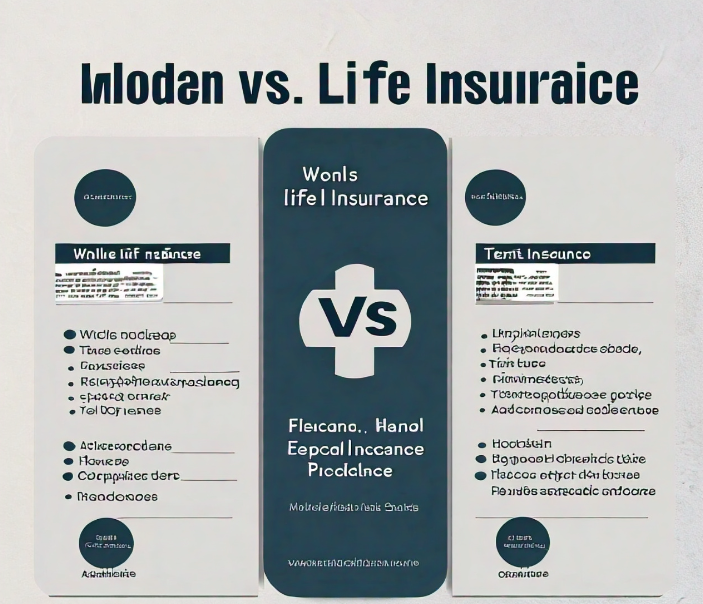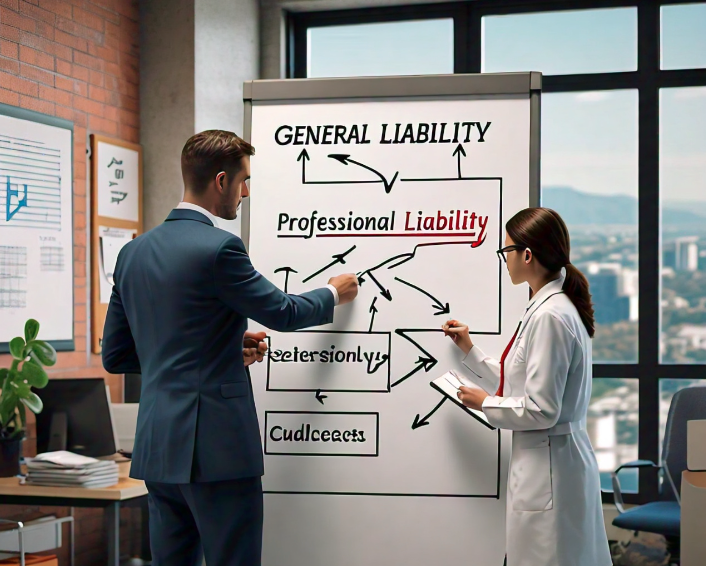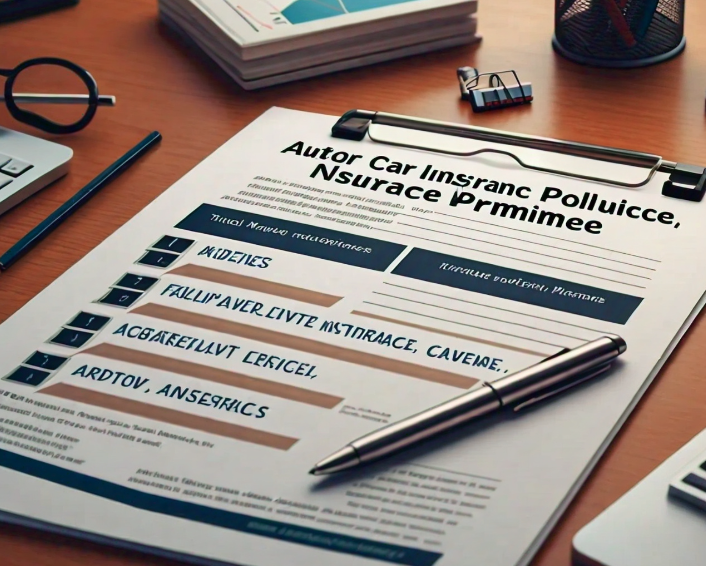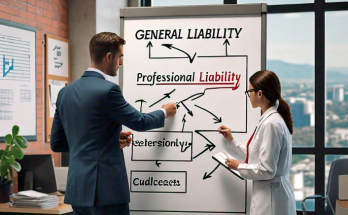How to File a Disability Claim: A Comprehensive Guide
Filing a disability claim can feel like navigating a labyrinth. Whether you’re dealing with an injury, illness, or chronic condition, understanding how to file a claim is crucial to securing the benefits you need. So, let’s break it down step by step.
Understanding Disability Claims
What is a Disability Claim?
A disability claim is a formal request for financial assistance when you can no longer work due to a physical or mental impairment. This claim can help cover living expenses, medical costs, and more, providing a safety net during tough times.
Types of Disability Claims
Social Security Disability Insurance (SSDI)
SSDI is a federal program for individuals who have worked and paid Social Security taxes but can no longer work due to a severe disability. To qualify, your disability must be expected to last at least one year or result in death.
Supplemental Security Income (SSI)
Unlike SSDI, SSI is a needs-based program that provides financial aid to low-income individuals who are elderly, blind, or disabled. It doesn’t require a work history, making it accessible to those who haven’t been able to work.
Long-Term Disability Insurance
This type of insurance is often provided by employers and offers income replacement if you can’t work for an extended period due to illness or injury. It usually has specific policy terms, so it’s essential to review them carefully.
When to File a Disability Claim
Recognizing the Need for a Claim
If you find yourself unable to perform your job duties due to health issues, it’s time to consider filing a disability claim. Signs that you may qualify include persistent health problems, frequent medical visits, and recommendations from healthcare providers to reduce work hours or stop working altogether.
Time Limits for Filing
Filing promptly is vital. While SSDI and SSI do not have strict deadlines, waiting too long can complicate your case. It’s generally a good idea to file as soon as you realize you won’t be able to work for at least a year.
Preparing for Your Disability Claim

Gathering Necessary Documentation
Medical Records
You’ll need detailed medical records documenting your condition, treatments, and how they affect your ability to work. Ensure these records are current and comprehensive.
Work History
Prepare a detailed work history, including your job titles, responsibilities, and how your disability has impacted your ability to perform your job functions.
Financial Information
Gather financial documents that demonstrate your income and assets, as these will be important, especially for SSI claims.
Understanding the Medical Criteria
Familiarize yourself with the specific medical criteria set by the Social Security Administration (SSA) for your condition. This knowledge will help you align your documentation with what’s required for approval.
The Application Process
How to Complete the Application
Online Applications
Applying online through the SSA’s website is the most efficient method. It allows you to save your progress and review your answers before submission.
Paper Applications
If you prefer paper applications, you can download forms from the SSA website. Be prepared for longer processing times compared to online applications.
Tips for Filling Out Forms

Being Thorough and Honest
Completing the application thoroughly is crucial. Provide accurate and complete information to avoid delays or denials.
Avoiding Common Mistakes
Double-check for errors like misspelled names, incorrect dates, or missing information. Simple mistakes can lead to significant delays!
After You Submit Your Claim
What Happens Next?
After submission, your application will be reviewed. This process can take several months, so patience is key. The SSA will evaluate your medical and work history before making a decision.
Potential Outcomes
Approval
If approved, you’ll receive a notice detailing your benefits and the amount you’ll receive. It’s a huge relief to know support is on the way!
Denial
If your claim is denied, don’t lose hope. Many claims are initially denied, and you have the right to appeal the decision.
Appeals Process
If denied, carefully review the denial letter and gather any additional documentation. You typically have 60 days to file an appeal, so act quickly.

Common Challenges in Filing a Disability Claim
Understanding Denials
Denials can happen for various reasons, including insufficient medical evidence or failure to meet the SSA’s criteria. Understanding these reasons can help you strengthen your appeal.
Dealing with Delays
Delays are common, especially due to high application volumes. Staying proactive by checking the status of your claim can help ease the waiting game.
Resources for Assistance
Organizations and Support Groups
Many organizations offer resources and support for individuals filing disability claims. Reach out for guidance; you’re not alone in this process!
Hiring a Disability Attorney
Consider hiring a disability attorney if you’re feeling overwhelmed. They can help navigate the complexities of the application and appeals process, increasing your chances of approval.
Conclusion
Filing a disability claim can be daunting, but you don’t have to do it alone. By understanding the process, gathering the right documentation, and knowing what to expect, you can significantly improve your chances of a successful claim. Remember, it’s about ensuring you receive the support you deserve during challenging times.
FAQs About Filing a Disability Claim
How long does the application process take?
The application process can take anywhere from three to six months, depending on various factors, including the volume of applications and complexity of your case.
Can I work while filing for disability?
You can work while filing for disability, but your income must fall below certain limits to remain eligible for benefits.
What should I do if my claim is denied?
If denied, review the denial letter for reasons, gather any missing documentation, and consider filing an appeal within the specified timeframe.
Is there a fee for filing a disability claim?
There is no fee to file a disability claim. However, if you choose to hire an attorney, they may charge a fee for their services, usually a percentage of your back pay if your claim is approved.
How can I increase my chances of approval?
Thorough documentation, timely filing, and possibly seeking help from a disability attorney can all help improve your chances of approval. Being honest and detailed in your application is also crucial.
Common Types of Insura0nce Fraud | ||
Cyber Liability Insurance | ||
Comparing International Travel Insurance | ||
Understanding Liability Coverage | ||
Factors Affecting Auto Insurance Premiums | ||
Whole vs. Term Life Insurance | ||
Affordable Care Act (ACA) Plans | ||
How to Protect Yourself from Fraud | ||
Short-term vs. Long-term Disability Insurance | ||
Importance of Business Interruption Insurance | ||
Common Exclusions in Pet Insurance | ||
Essential Coverage For Small Businesses | ||
Best Travel Insurance Plans | ||
Home Insurance For First-Time Buyers | ||
Comparing Care Insurance Rates | ||
Best Life Insurance Companies | ||
Short-term Health Insurance |























